Airport Security Strategy: Airport security has always been a top priority for aviation professionals worldwide, but its importance has magnified manifold since the events of September 11, 2001. It involves the combination of multiple layers of defense to prevent security breaches and illegal activities. As airports serve as the primary gateway for international transportation, ensuring their security is paramount not just for the safety of passengers, but also for national and global security.
In this comprehensive guide, we’ll delve into the operational strategy for airport security, providing an in-depth look at various components and best practices.
Airport Security Strategy: Operational Strategy for Airports
1. Introduction: The Need for Robust Airport Security
Airports are complex entities, functioning not just as transport hubs but also as shopping centers, business areas, and often, tourist attractions. The sheer volume of people moving through an airport – passengers, crew, employees, vendors, and more – presents a security challenge. Add to that the potential risks like terrorism, smuggling, theft, and even cyber threats, and the enormity of the task becomes apparent.

2. Multi-Layered Approach to Security
Airport security is like an onion; it works in layers. Should one layer be breached, the intruder would still have to penetrate additional layers before posing a direct threat. This multi-layered approach includes:
- Perimeter Security: Fencing, surveillance cameras, and patrols to ensure unauthorized individuals don’t enter the premises.
- Access Control: Systems that allow only authorized personnel in restricted areas. This includes biometric systems, ID checks, and electronic access systems.
- Screening of Passengers and Luggage: Using metal detectors, body scanners, and X-ray machines to detect prohibited items.
- Behavioral Detection: Trained officers observing passengers for signs of suspicious behavior.
- Intelligence and Cybersecurity: Ensuring that communication systems, air traffic control, and other vital digital infrastructure are secure from cyber threats.
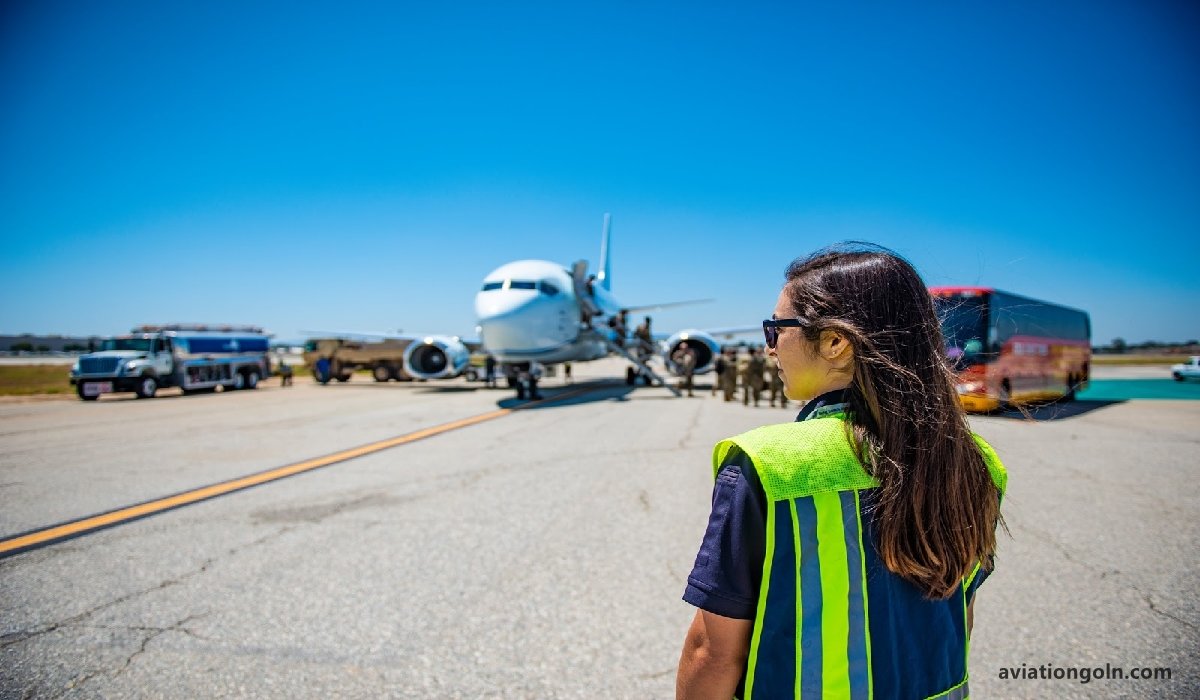
3. Operational Components
3.1 Passenger and Luggage Screening
- Metal Detectors & Body Scanners: These detect metallic and non-metallic prohibited items on a person.
- X-ray Machines: Used for carry-on and checked baggage to identify dangerous goods.
- Explosive Detection Systems (EDS): Can be standalone units or integrated into the baggage handling system to identify potential explosive compounds.
- Random Checks: Even after passing through scanners, passengers might be subjected to random manual checks to maintain unpredictability in the security process.

3.2 Behavioral Detection and Interviewing
- Spotting Suspicious Behavior: Officers are trained to identify signs of nervousness, evasiveness, or other behaviors that might indicate malicious intent.
- Security Interviews: Certain airports, especially in Israel, are known for their brief but effective security interviews. Questions can be as simple as “Why are you traveling?” but can provide valuable insights.
3.3 Cybersecurity Protocols
- Securing Communication Systems: It’s vital to ensure that communication channels between pilots, ground staff, and air traffic controllers are secure.
- Protection Against Hacking: Systems are in place to prevent unauthorized access to flight plans, passenger data, and other sensitive information.
- Regular Software Updates: Keeping systems updated to patch any security vulnerabilities.
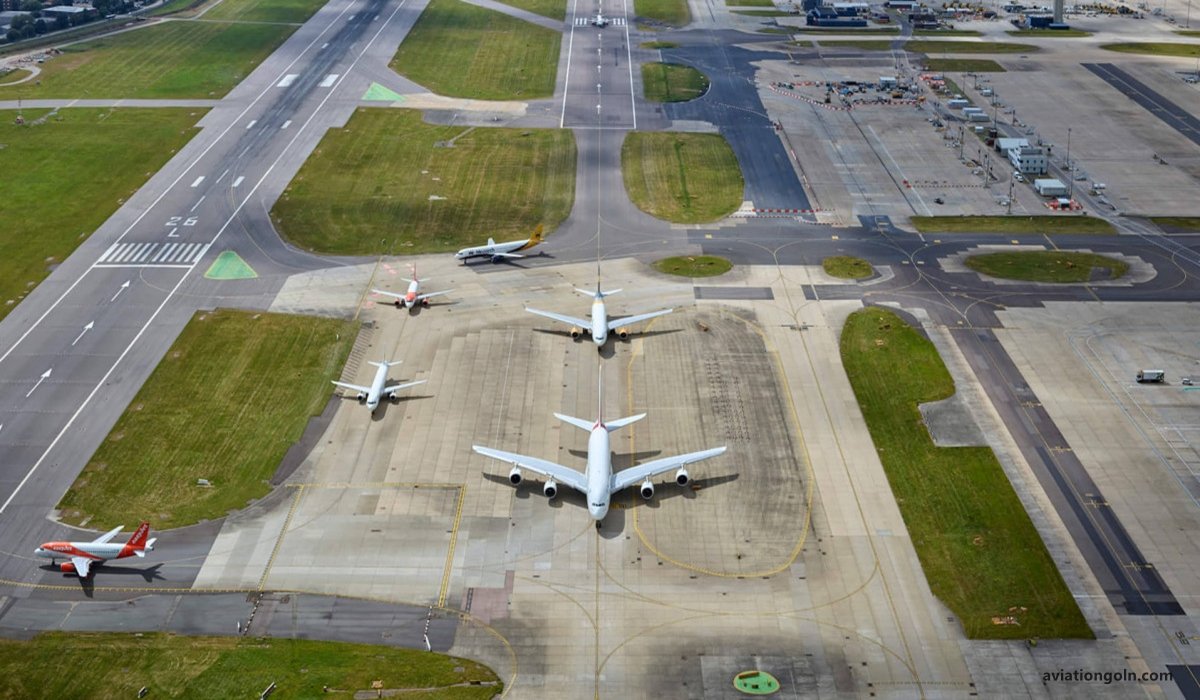
4. Employee Training and Insider Threats
While a lot of emphasis is on external threats, it’s essential to realize that threats can also come from within. This can be malicious (an employee with ill intent) or non-malicious (an employee unknowingly compromising security protocols).
- Regular Training: Employees should undergo regular training sessions to be updated about the latest security protocols and threats.
- Background Checks: Every employee, regardless of their role, should undergo comprehensive background checks before hiring and periodically afterward.
- Monitoring: Systems should be in place to monitor employee behavior for any anomalies.
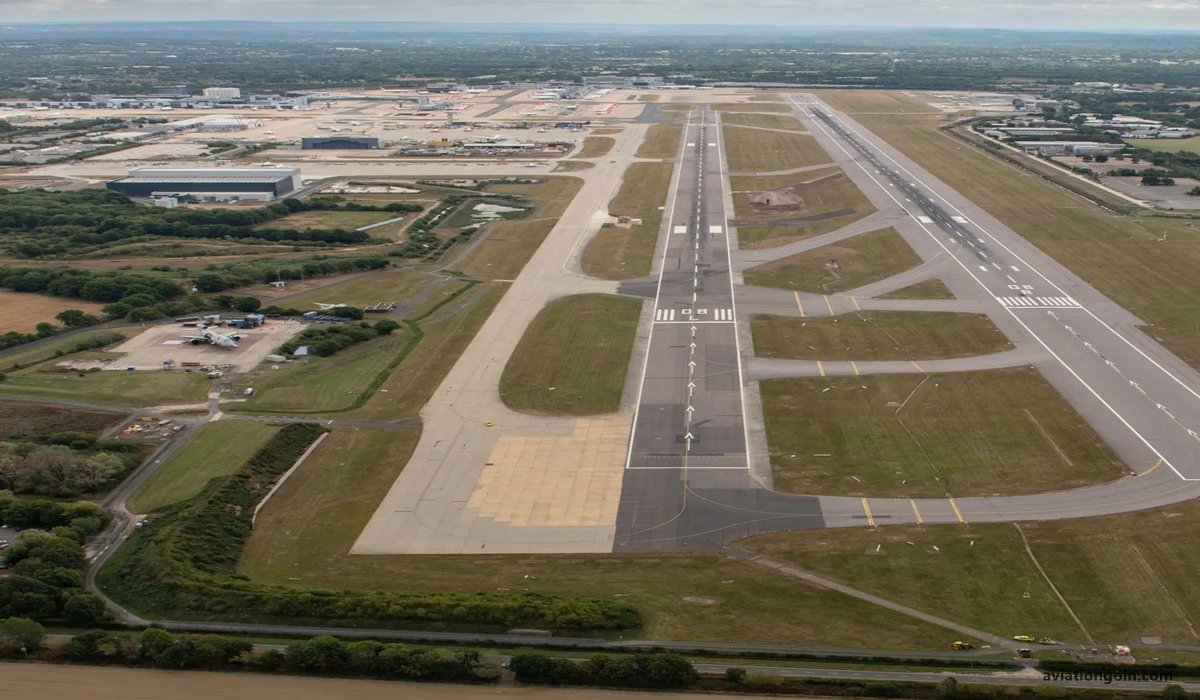
5. Collaboration with External Agencies
Airports don’t function in isolation. Collaborating with intelligence agencies, local law enforcement, and international aviation bodies can provide valuable information that can preempt threats.

6. Technology and Innovation
With advancements in technology, airports now have tools that were once deemed science fiction:
- Facial Recognition: Speeding up the immigration process while adding an extra layer of security.
- Real-time Threat Intelligence: AI-driven platforms that can analyze vast amounts of data to detect potential threats in real-time.
- Drones: Used for monitoring the perimeter and hard-to-reach areas of an airport.
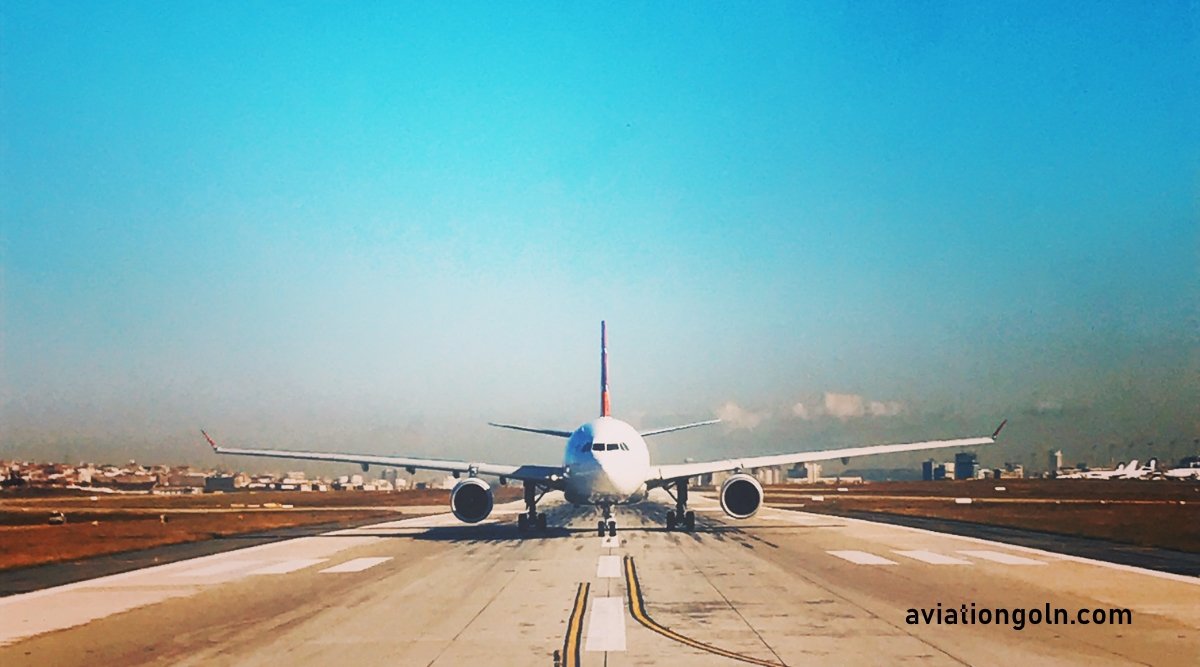
7. Continuous Evaluation and Feedback
The aviation industry is dynamic. Threats evolve, and so should security strategies. Regular audits, mock drills, and feedback systems ensure that the security apparatus is always in its best shape.
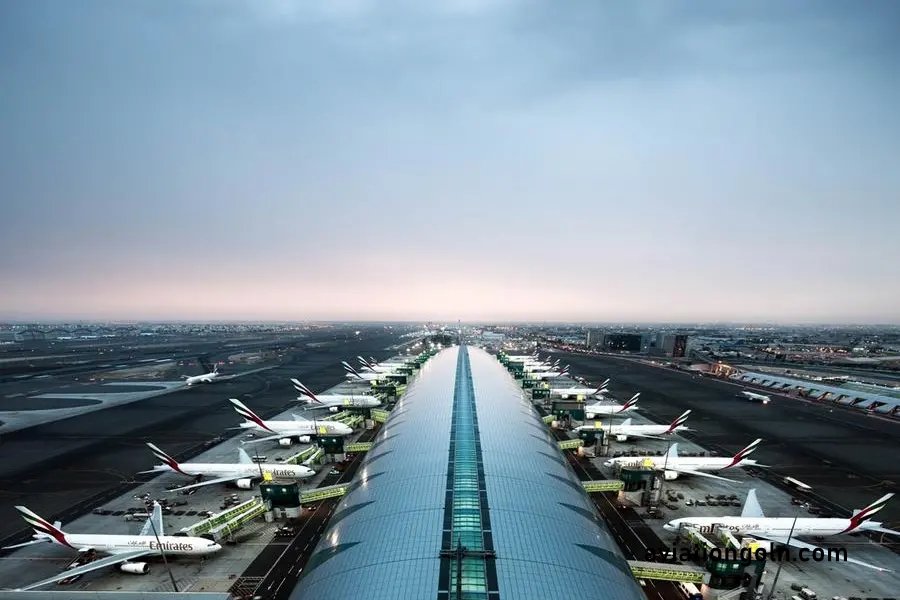
8. Balancing Security with Passenger Experience
While security is paramount, it’s essential to ensure that passengers have a pleasant experience. Efficient systems, courteous staff, and clear communication can ensure that security checks are thorough yet hassle-free.
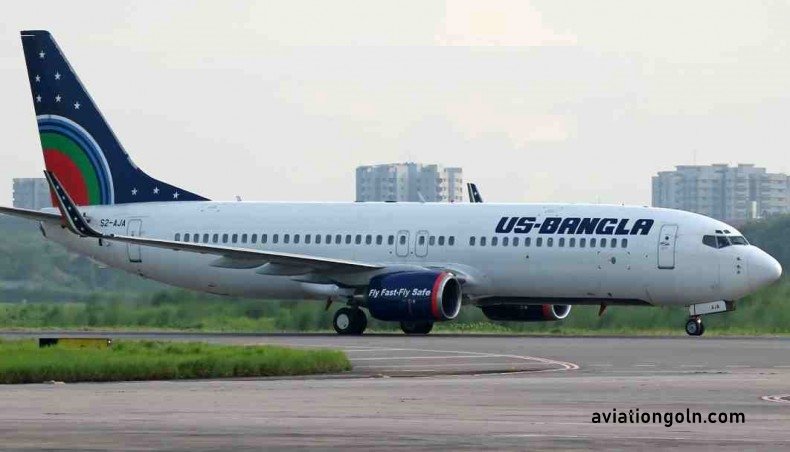
Airport security is a vast, intricate domain that requires meticulous planning, cutting-edge technology, and continuous evolution. By understanding the various components of an airport’s security operational strategy, we can appreciate the efforts that go into ensuring our safety every time we fly.
See more:
